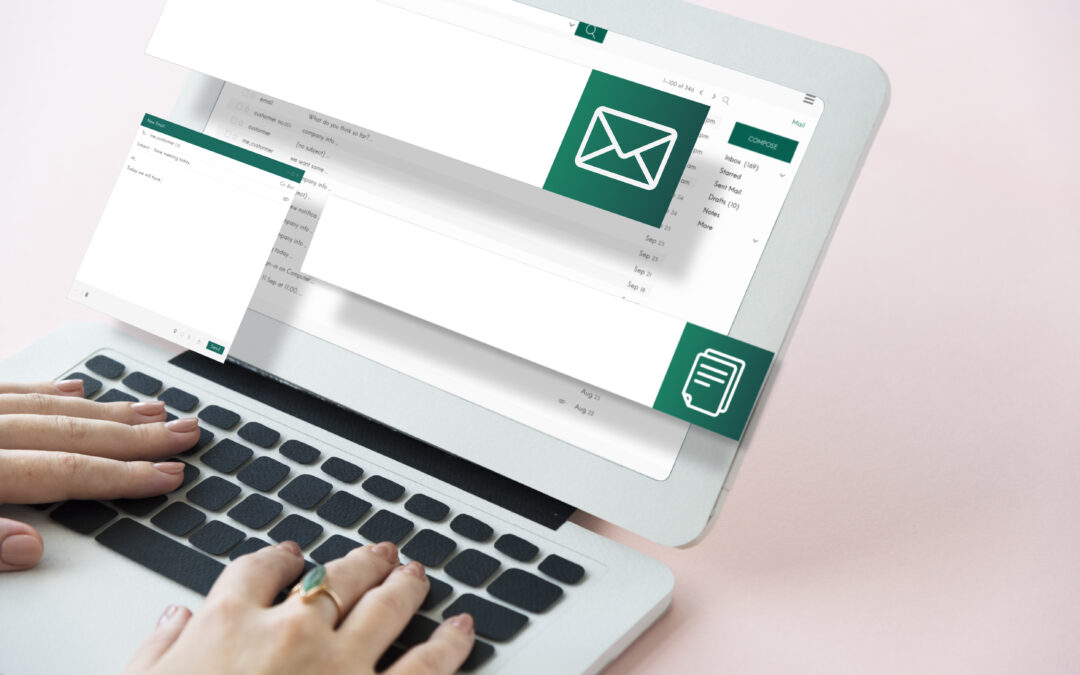Introduction to Digital Marketing Tactics
In the ever-evolving world of digital marketing, two dominant strategies constantly compete for attention: email marketing and paid campaigns. Businesses often face a tough decision when deciding where to invest their budget. Each method offers distinct advantages. However, the ultimate choice depends on goals, audience, and available resources.
Understanding Email Marketing
Email marketing is a direct channel that allows businesses to reach their customers right in their inbox. With a well-curated list and personalized messaging, it becomes a powerful tool.
Benefits of Email Marketing
-
Cost-effective Communication: Unlike paid ads, email doesn’t require recurring investment.
-
High Engagement Rates: Personalized emails often see higher open and click-through rates.
-
List Ownership: Unlike social media or search platforms, you own your audience.
-
Automation Opportunities: Tools like Mailchimp and ConvertKit enable automated workflows.
Drawbacks of Email Marketing
Despite its strengths, email marketing has limitations:
-
Building a quality list takes time.
-
Spam filters can limit reach.
-
Poorly executed campaigns can lead to unsubscribes.
What Are Paid Campaigns?
Paid campaigns include platforms like Google Ads, Facebook Ads, and LinkedIn Sponsored Content. These methods target users using demographics, interests, and behaviors.
Benefits of Paid Campaigns
-
Immediate Visibility: Ads can start generating traffic the moment they go live.
-
Advanced Targeting: Platforms allow detailed audience segmentation.
-
Scalable Results: With enough budget, reach and conversions can grow quickly.
-
Retargeting Capabilities: Ads can follow users across platforms, reinforcing brand awareness.
Challenges of Paid Advertising
However, paid strategies have their downsides:
-
Costs can skyrocket with competitive keywords.
-
Ad fatigue reduces performance over time.
-
Without optimization, ROI drops fast.
Comparing Performance Metrics
Let’s break down how each strategy performs across key performance indicators.
1. Return on Investment (ROI)
According to Litmus, email marketing delivers an average ROI of $36 for every $1 spent. In contrast, Google Ads typically returns $2 for every $1.
That said, paid campaigns offer instant scalability. Meanwhile, email marketing builds slowly but sustainably.
2. Audience Engagement
Email marketing excels in personalization and targeted messaging. Campaign Monitor reports that segmented emails produce 58% of all revenue.
Paid ads, although broad, rely heavily on visual appeal and call-to-actions. If not compelling, users scroll past.
3. Lead Generation Quality
Emails tend to capture warm leads, especially when they opt in through valuable content or gated resources.
On the other hand, paid ads attract cold leads that require nurturing. Conversion depends on landing page quality and follow-up sequences.
4. Long-Term Value
With email marketing, every new subscriber increases your long-term potential. Once a user subscribes, future outreach is free.
Paid ads, in contrast, demand ongoing investment. The moment you stop funding, your visibility vanishes.
Case Studies: Real-World Insights
Case Study 1: A SaaS Startup
A startup used email marketing to launch their product. By offering a free eBook, they gained 15,000 subscribers. Over three months, they converted 12% into paying customers using nurturing sequences.
Case Study 2: An E-commerce Brand
An online fashion brand ran Facebook Ads targeting a new collection. Despite spending $10,000, they only saw a 1.2x ROI. But after capturing emails from these users, follow-up email campaigns drove 4x ROI.
When to Choose Email Marketing
Email marketing works best if:
-
You have an existing audience or blog.
-
You want to build long-term relationships.
-
Your product has a longer sales cycle.
-
You prioritize cost-efficiency.
It thrives in industries like SaaS, education, and B2B services.
When Paid Ads Make More Sense
Choose paid campaigns if:
-
You need fast results.
-
You’re launching a product or testing offers.
-
Your niche is competitive and email list is small.
E-commerce, events, and local services often benefit most.
Combining Both for Maximum Impact
Instead of choosing one, many top marketers combine both. Use paid ads to grow your list. Then, nurture that list using emails.
This hybrid approach increases conversions and reduces customer acquisition cost over time.
Tools for Success
To maximize results, consider using the following platforms:
Email Marketing Tools
-
MailerLite: Easy to use and cost-effective.
-
ActiveCampaign: Great for automation and CRM.
-
HubSpot: All-in-one platform for marketing and sales.
Paid Campaign Tools
-
Google Ads: Best for search intent.
-
Facebook Business Manager: Ideal for social discovery.
-
LinkedIn Ads: Perfect for B2B targeting.
Email vs Paid Ads: SEO Value
Emails don’t directly impact SEO, but they drive repeat traffic. That helps with engagement metrics like dwell time.
Paid ads don’t affect organic rankings. However, they can boost visibility and link-building opportunities.
Best Practices for Both Channels
Email Marketing Tips
-
Always get permission (opt-in).
-
Keep your copy concise and value-driven.
-
A/B test subject lines.
-
Segment your list based on user behavior.
Paid Campaign Tips
-
Use custom landing pages.
-
Track conversions with tools like Google Analytics.
-
Avoid ad fatigue by rotating creatives.
-
Test different bidding strategies.
Conclusion: Email Marketing or Paid Campaigns?
There’s no one-size-fits-all answer. Email marketing wins in cost-efficiency and long-term growth. Paid ads excel in speed and reach.
Ultimately, success lies in alignment with your goals. A blend of both often yields the highest return.
Start Smart. Scale Strategically.
If you’re just starting out, build your email list first. Use lead magnets to attract subscribers. Then, run retargeting ads to re-engage and convert them.
This dual approach not only increases sales but also futureproofs your brand’s digital presence.













